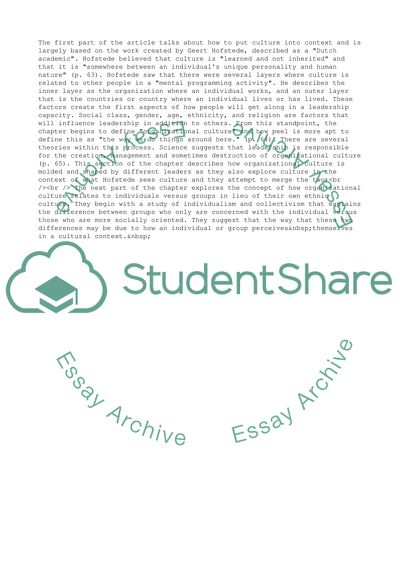Cite this document
(Cultural Perspectives on Leadership Essay Example | Topics and Well Written Essays - 2000 words, n.d.)
Cultural Perspectives on Leadership Essay Example | Topics and Well Written Essays - 2000 words. Retrieved from https://studentshare.org/management/1557118-reflective-learning-log
Cultural Perspectives on Leadership Essay Example | Topics and Well Written Essays - 2000 words. Retrieved from https://studentshare.org/management/1557118-reflective-learning-log
(Cultural Perspectives on Leadership Essay Example | Topics and Well Written Essays - 2000 Words)
Cultural Perspectives on Leadership Essay Example | Topics and Well Written Essays - 2000 Words. https://studentshare.org/management/1557118-reflective-learning-log.
Cultural Perspectives on Leadership Essay Example | Topics and Well Written Essays - 2000 Words. https://studentshare.org/management/1557118-reflective-learning-log.
“Cultural Perspectives on Leadership Essay Example | Topics and Well Written Essays - 2000 Words”. https://studentshare.org/management/1557118-reflective-learning-log.


